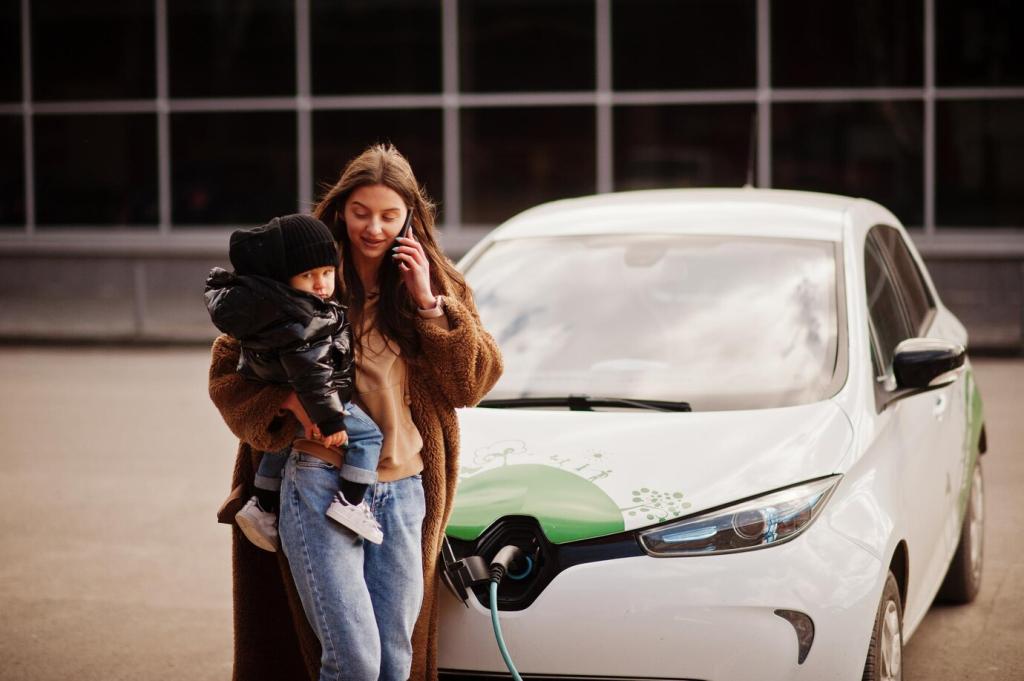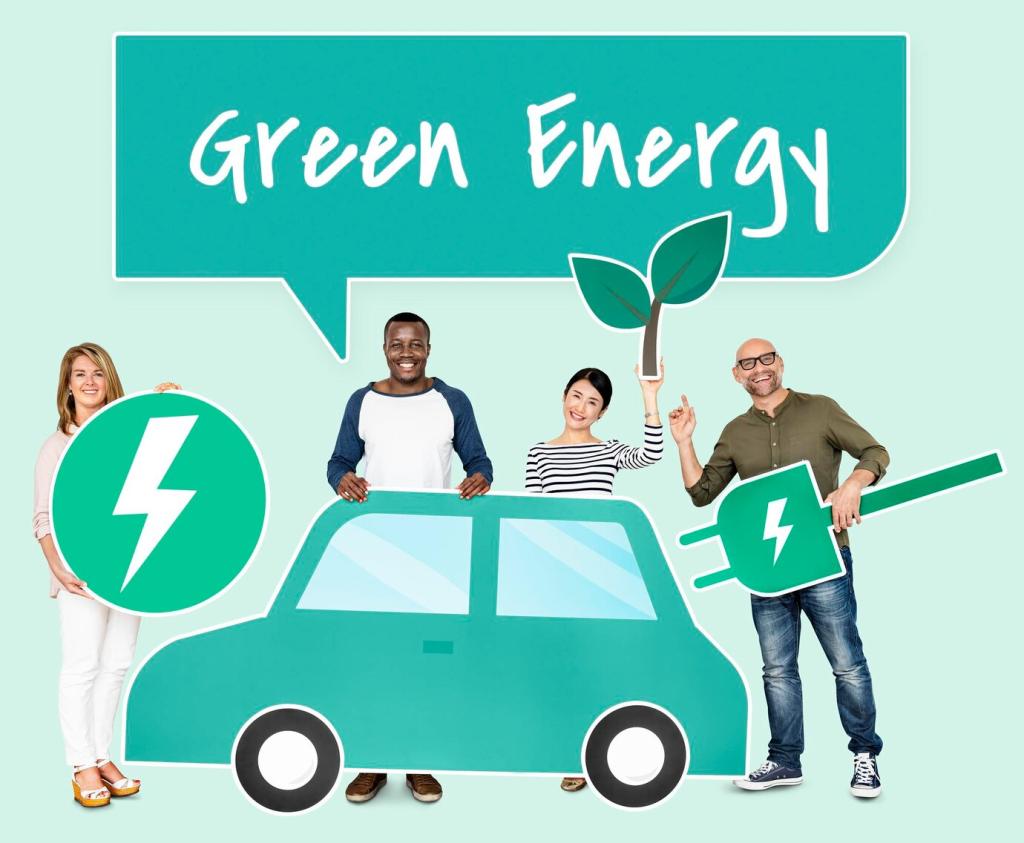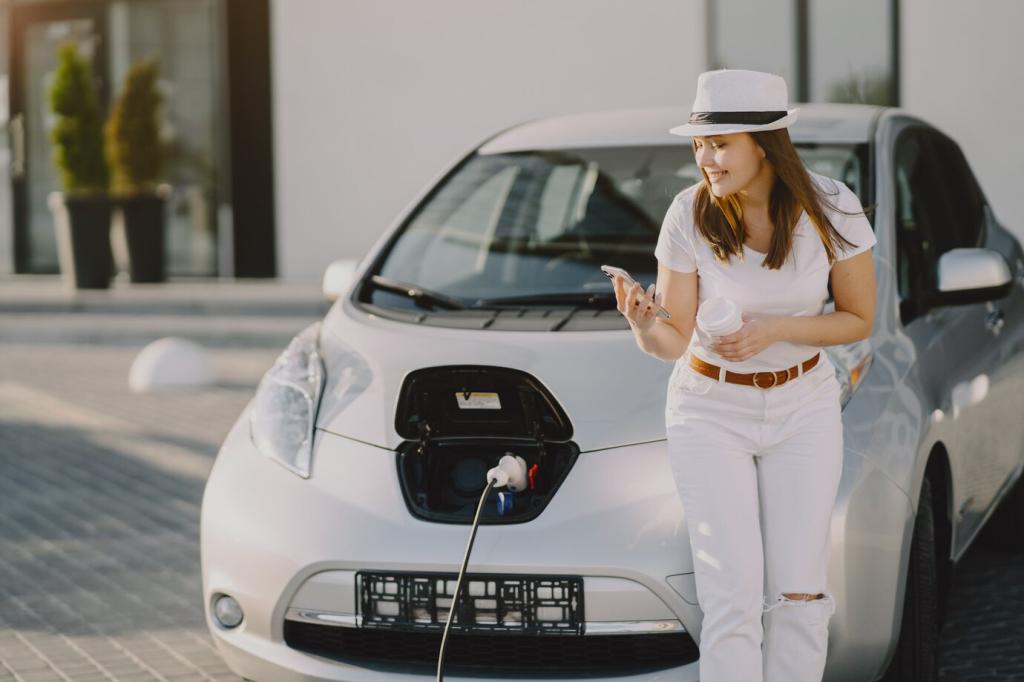Durability and Next Horizons: Phasing Down Without Stalling Out
As markets matured, Norway reduced VAT exemptions and adjusted perks; the Netherlands tweaked benefit-in-kind rates, signaling gradual normalization. Sales dipped briefly, then stabilized as infrastructure, models, and social proof carried momentum. Thoughtful tapering protects public budgets while sustaining adoption. Seen a cliff effect locally? Tell us and we’ll examine causes.
Durability and Next Horizons: Phasing Down Without Stalling Out
Many programs now link consumer support with domestic manufacturing and responsible supply chains—think battery sourcing thresholds, critical mineral rules, and recycling mandates. This alignment channels investment into resilient, lower-carbon supply webs. Should incentives reward recycled content or repairability next? Add your ideas; we will compile community-backed recommendations.
Durability and Next Horizons: Phasing Down Without Stalling Out
Key milestones include EU CO2 target ratchets, new U.S. IRS guidance on eligibility, discussions around India’s next-phase FAME design, and city-level congestion pricing expansions. These shifts shape prices, model availability, and charging quality. Want alerts before big changes land? Subscribe and get concise, plain-English summaries tailored to your country.










